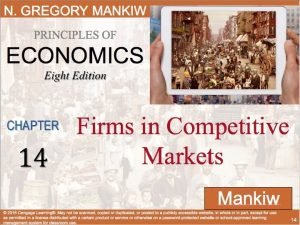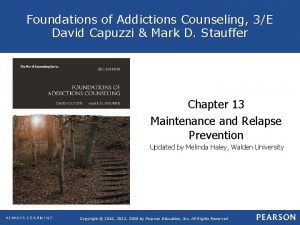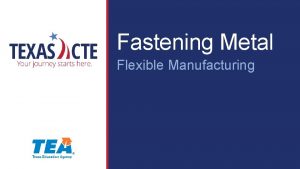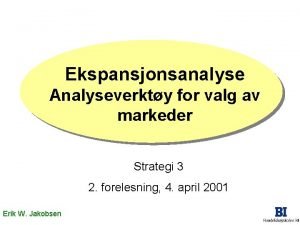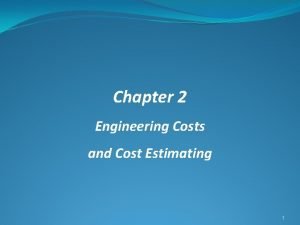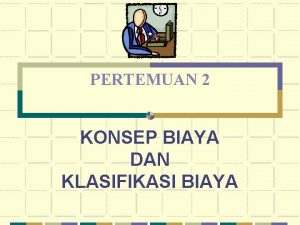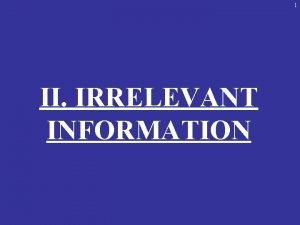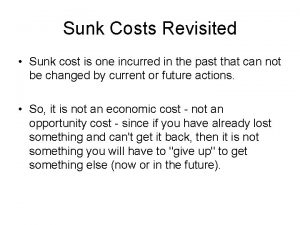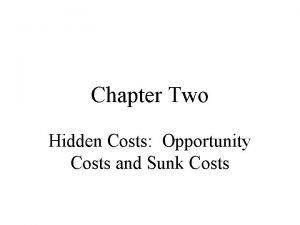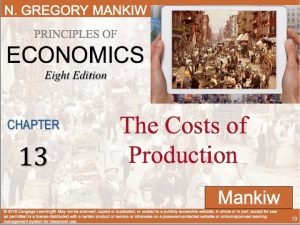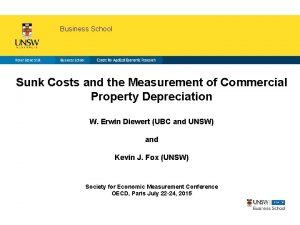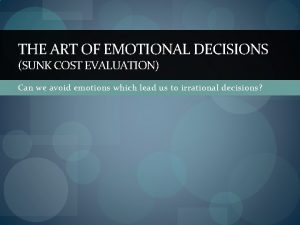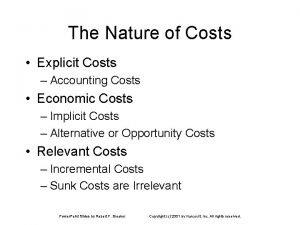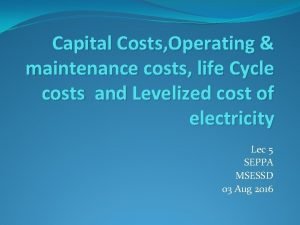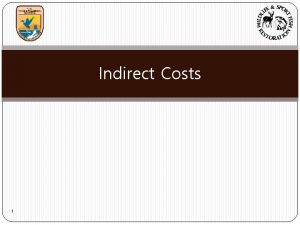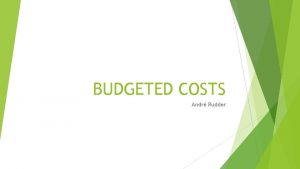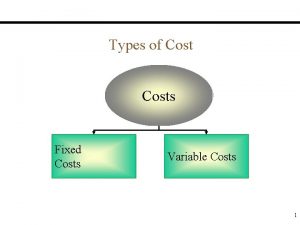Sunk costs are irrelevant for decisions in the















- Slides: 15


Sunk costs are irrelevant for decisions in the short run. A. True B. False

The supply curve of the competitive firm is its average total cost curve above marginal cost. A. True B. False

A competitive firm will exit the industry if profits are not greater than zero in the short run. A. True B. False

Refer to the table. What is the marginal cost of producing the 4 th unit of output? A. B. C. D. $10 $18 $20 $82

A competitive firm will charge a price: A. determined by its average total cost B. determined by its marginal cost C. determined on the market, by the market demand market supply D. determined on the market, by the average total cost and marginal cost

For a perfectly competitive firm, the relationship between price (P), marginal revenue (MR), and average revenue (AR) is as follows: A. B. C. D. P = AR, and P > MR P = MR, and MR > AR AR = MR, and P > AR P = AR = MR

The textile industry is composed of a large number of small firms. In recent years, many textile firms have suffered economic losses. Economic theory suggests that these conditions will A. shift the demand curve to the right so that price will rise to the level of production cost. B. cause the remaining firms to collude so that they can charge a higher price. C. cause the market supply to decline and the price of textiles to rise. D. cause the firms in the textile industry to suffer long-run economic losses.

Refer to the table. Assume that the firm can sell any output at the market price of $21. To maximize profit or minimize loss, the firm will produce A. B. C. D. 3 units. 4 units. 5 units. 6 units.

Refer to the figure. If the market price is $2. 00, this perfectly competitive firm should: A. increase output in the short run to maximize profits. B. produce 4 units of output to maximize profits C. produce 6 units of output to minimize losses D. shut down in the short run to minimizes losses

Refer to the figures. For the individual firm in a competitive market, the optimal quantity of output is _____, which would earn _____. A. B. C. D. 4 units, profits of $2 per unit. 5 units, losses of $2 per unit. 6 units, losses of an unspecified amount. 7 units, profits of $3 per unit.

Suppose that wheat is produced in a perfectly competitive market. If market demand increases, the individual wheat farmer’s marginal revenue will A. increase, and her profitmaximizing level of output will increase. B. increase, and her profitmaximizing level of output will decrease. C. decrease, and her profit -maximizing level of output will increase. D. decrease, and her profit -maximizing level of output will decrease.

The Chocolate Moose Ice Cream Store is a business that closes from November to April each year. The best explanation for closing during these months is that the store’s A. revenues are insufficient to cover total costs. B. total fixed costs are less than marginal fixed cost. C. revenue per unit is less than average variable cost. D. marginal costs are less than the revenues.

Art’s Garage operates in a perfectly competitive market. Suppose that at the point where marginal cost equals marginal revenue, ATC = $20, and AVC = $15. If the price per unit is $10, in the short run Art will A. break even. B. shut down immediately. C. shut down but only after the lease on the garage expires. D. sustain losses in the short run but will continue to operate.

Suppose that a market is in long-run equilibrium. Then demand increases. Suppose that the entry of new firms into the industry causes the price of a scarce resource used by firms in the industry to increase. The long-run supply curve for this industry would likely be A. B. C. D. upward sloping. horizontal. downward sloping. U-shaped.
 Sunk costs are irrelevant for decision making
Sunk costs are irrelevant for decision making Poster making meaning
Poster making meaning Insidan region jh
Insidan region jh Seemingly unimportant decisions examples
Seemingly unimportant decisions examples Seemingly irrelevant decisions
Seemingly irrelevant decisions Counter sunk lap seam
Counter sunk lap seam Svima analyse
Svima analyse Example of sunk cost
Example of sunk cost Sfinkside allee
Sfinkside allee Pengertian klasifikasi biaya
Pengertian klasifikasi biaya Screening decisions and preference decisions
Screening decisions and preference decisions Tack för att ni har lyssnat
Tack för att ni har lyssnat Smärtskolan kunskap för livet
Smärtskolan kunskap för livet Trög för kemist
Trög för kemist Karttecken tät skog
Karttecken tät skog Typiska drag för en novell
Typiska drag för en novell
